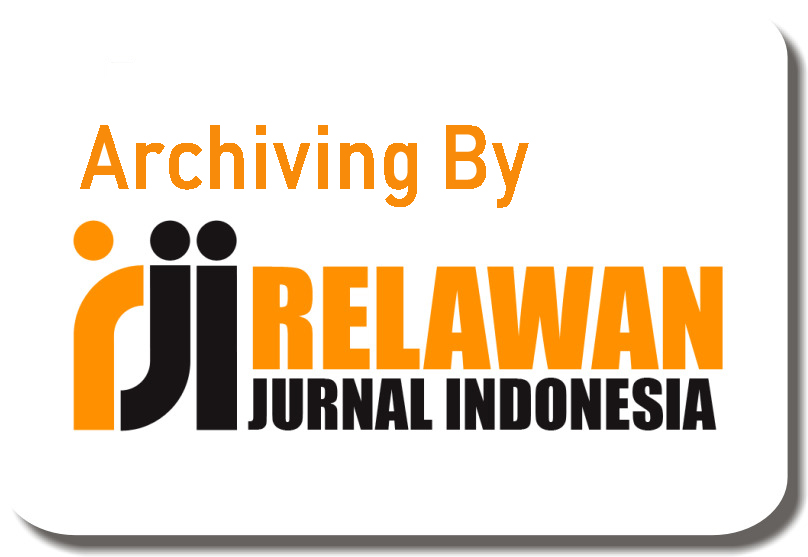Correlation between Reading Comprehension and Writing Coherence in Junior High EFL Learners
Abstract
This study aims to examine the correlation between reading comprehension and writing coherence among English language learners in junior high school. This study used a quantitative approach with a correlational design to determine the correlation between reading and writing. 17 eighth grade students from MTs Raudatul Jannah were selected through purposive sampling. Data were obtained using a standardized reading comprehension test and an analytic rubric that assessed coherence in students' written texts. Pearson correlation analysis showed a moderate positive correlation (r = 0.63, p < 0.05) between students' reading comprehension scores and the coherence of their writing. This finding suggests that higher reading comprehension is associated with greater coherence in writing. This study highlights the pedagogical implication that integrated reading and writing instruction can improve students' overall language performance in an EFL environment.
Keywords
Full Text:
PDFReferences
Bogaerds-Hazenberg, S. T. M., Evers-Vermeul, J., & van den Bergh, H. (2021). A Meta-Analysis on the Effects of Text Structure Instruction on Reading Comprehension in the Upper Elementary Grades. Reading Research Quarterly, 56(3), 435–462. https://doi.org/10.1002/rrq.311
Cheung, Y. L. (2023). Cohesion, Coherence, and Children Narrative Writing Quality: Topical Structure Analysis. Journal of English and Applied Linguistics, 2(1). https://doi.org/10.59588/2961-3094.1034
Ilham. (2017). the Correlation Between Grammar and Reading Comprehension and Efl Leaners’ Writing Performance. 8(2), 7–9.
Ilham. (2022). Implementing Project-Based Learning For EFL Students’ Writing Achievement At The Tertiary Level. 10(3), 1003–1012.
Ilham. (2023). Need Analysis For Developing Paragraph Writing Materials Based On Problem-Based Learning Model For Indonesia EFL Learners. 11(3), 833–842.
Ilham, B., Hudri, M., & Isnaini, Y. (2023). Exploring Students ’ Learning Needs of Academic Writing Skill as the Base to Design. Atlantis Press SARL. https://doi.org/10.2991/978-2-494069-21-3
Kadhim, H. S. (2024). An In-Depth Analysis of Cohesion Utilization in the English Language : Implications for Effective Communication and Textual Coherence. 2(5), 77–92. https://doi.org/10.59324/ejceel.2024.2(5).05
Lertchalermtipakoon, P., Wongsubun, U., & Kawinkoonlasate, P. (2021). Need Analysis: English Language Use by Students in the Tourism and Hospitality and Industry. English Language Teaching, 14(3), 59. https://doi.org/10.5539/elt.v14n3p59
Lestari, F. T., Astutik, I., & Werdiningsih, I. (2023). An Analysis on Cohesive Devices of Students’ Recount Paragraphs Writing. Pubmedia Jurnal Pendidikan Bahasa Inggris, 1(1), 1–16. https://doi.org/10.47134/jpbi.v1i1.14
Smith, R., Snow, P., Serry, T., & Hammond, L. (2021). The Role of Background Knowledge in Reading Comprehension: A Critical Review. Reading Psychology, 42(3), 214–240. https://doi.org/10.1080/02702711.2021.1888348
Zhang, Y. (2023). Cohesion and Coherence for English Writing—A Case Study of Argumentation. Frontiers in Educational Research, 6(9), 129–133. https://doi.org/10.25236/FER.2023.060921
DOI: https://doi.org/10.31004/jele.v10i3.678
Refbacks
- There are currently no refbacks.
Copyright (c) 2025 Ida yani, Moh Fawzi Bafadal, Hidayati Hiadayati, Ilham Ilham

This work is licensed under a Creative Commons Attribution-ShareAlike 4.0 International License.



